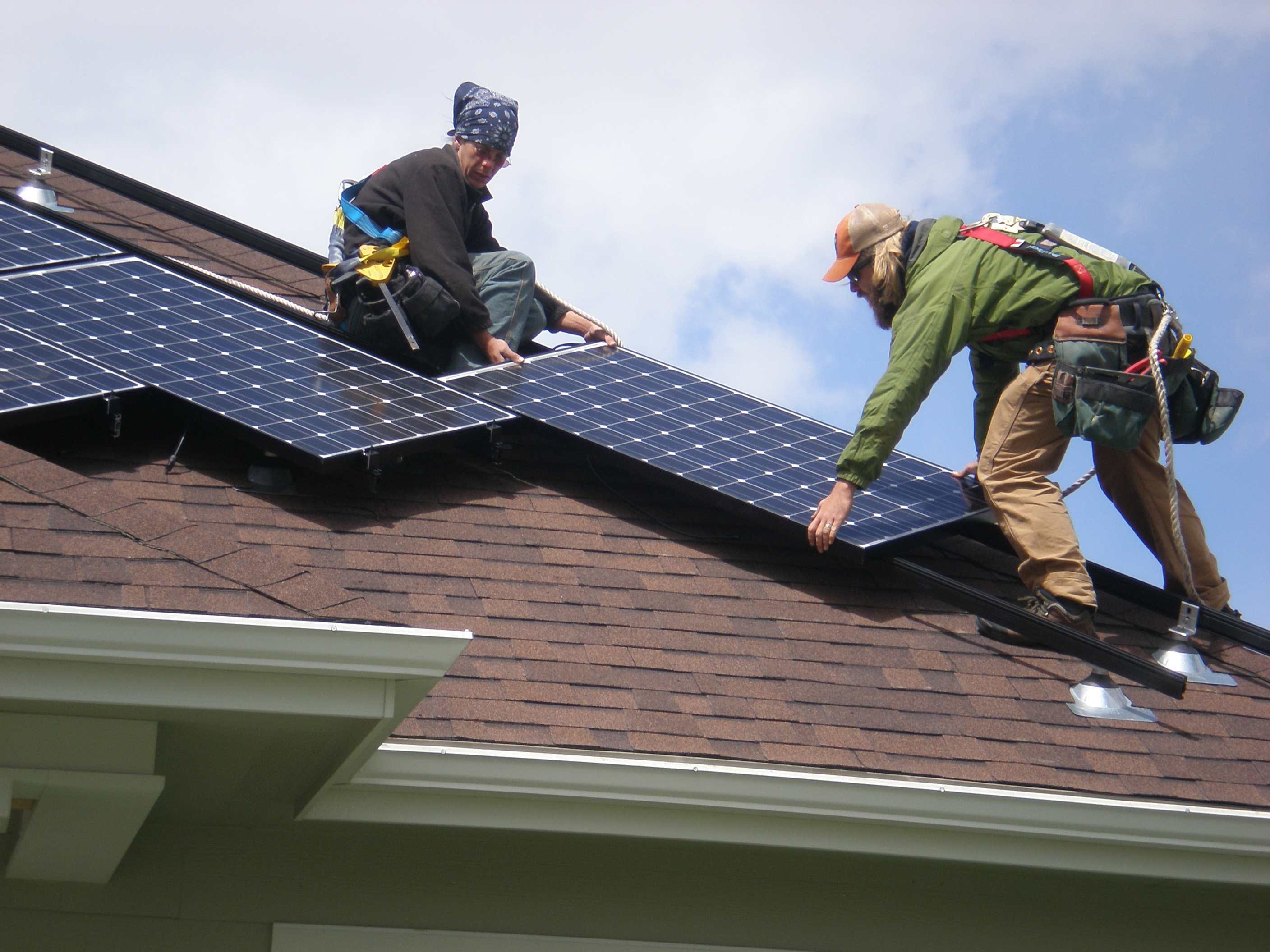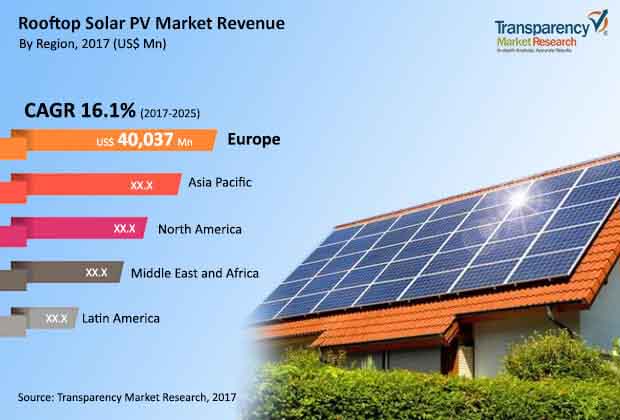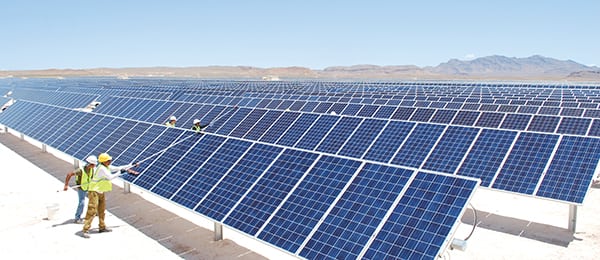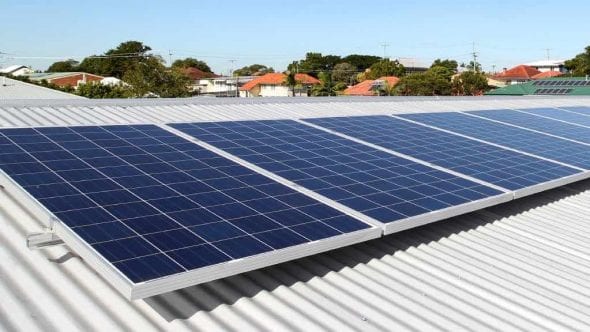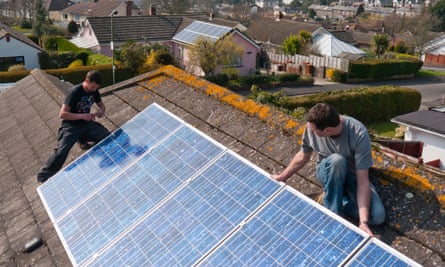Solar energy systems i e photovoltaics solar thermal provide significant environmental benefits in comparison to the conventional energy sources.
Solar pv rooftop system has no environmental impact during its operational stage.
Yes vast amounts of energy are required to mine manufacture solar panels and yes chemicals are used during the manufacturing process.
It is known that these systems have some minor.
The harvested solar power in a rooftop pv system is stored in the battery during off peak period which is utilized to serve the load demand during peak period.
In fact electric system operators have been paying customers to take demand off the grid for many years during times when the grid is stressed.
However rooftop solar has done little to reduce peak system demand which in most australian regions occurs at times when solar generation is minimal.
Pv systems can be categorized by various aspects such as grid connected vs.
Stand alone systems building integrated vs.
Literature review indicates they are the largest contributor to environmental impacts and so a more in depth analysis of each module production stage and its inputs provides greater accuracy for this component twenty material inputs were accounted for which is detailed below in fig.
A photovoltaic system converts the sun s radiation in the form of light into usable electricity it comprises the solar array and the balance of system components.
But because the boom in rooftop solar pv is not controlled by utilities there are some genuine implications for the cost of keeping the rest of the grid operating reliably.
Centralized systems rooftop vs.
Rack mounted systems residential vs.
This provides the house owners maximum utilization of solar energy which reduces the dependence on grid energy and in turn this can significantly reduces household electricity.
Pv technology directly generating electricity from solar energy is free from fossil energy consumption and greenhouse gases ghg emission during its operations.
Pv modules are considered to be the main component of the solar installation in this study.
Utility systems distributed vs.
But because the boom in rooftop solar pv is not controlled by utilities there are some genuine implications for the cost of keeping the rest of the grid operating reliably.
1 at the end of 2016 the total capacity stood at 307 gw the vast majority of which comprises photovoltaics pv.
Solar power is the fastest growing source of electricity in the world.
In aggregate the impact of rooftop solar is significant in reducing the need for other generation during the day.
Thus it seems to be completely clean and have no environmental impacts.
